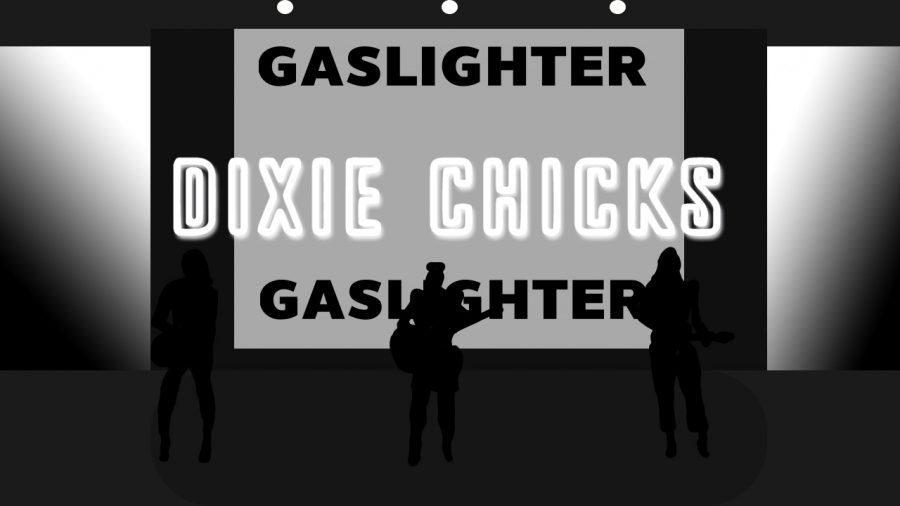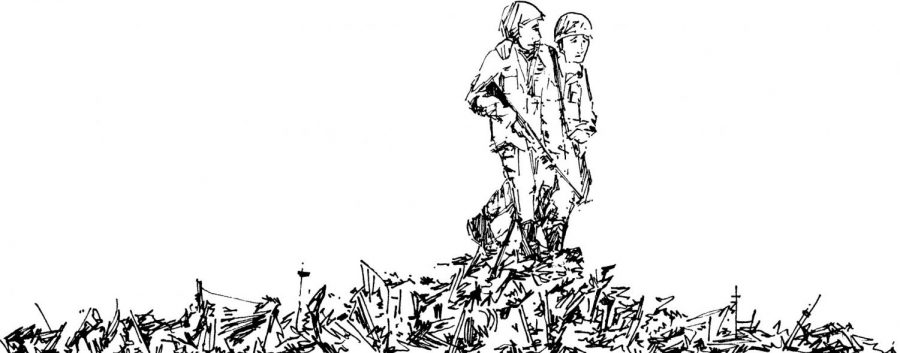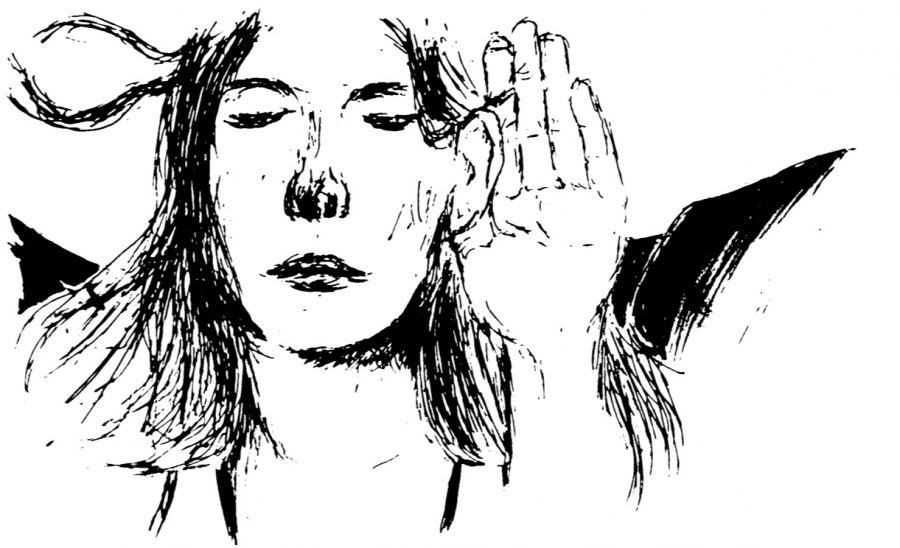Describing Four Tet’s performance at Portland’s Doug Fir Lounge last Thursday night is difficult for a number of reasons. Four Tet: the name under which Kieran Hebden has made music since the late ’90s: has produced a number of records of what has been dubbed “folktronica,” on which he focuses on the sound of acoustic instruments, samples made to come across slightly out of time yet utterly in sync and digital signal processed effects to create something rather unique and far more emotive than it ought to be. However, his most recent album, There Is Love In You: his first in five years: sees him flirt with recent trends in British dance music to great effect, putting things like four-four thumps and even wobbling bass into his compositions without once pandering.
Live, Hebden performs alone, and it’s difficult to tell what exactly he’s doing at any given point in time, as his live setup consisted of what appeared to be two computers, either an iPhone or an iPod Touch and several pieces of equipment covered in knobs and dials somehow interfacing with the computers. There are no microphones in his stage setup, and thus no conversation between artist and audience beyond Hebden’s facial expressions (excitement, head-nodding, a fair amount of smiles) and the music itself, which left a seemingly-devoted capacity crowd more than pleased over the course of almost two hours.
I could be wrong, given that I couldn’t see his screens, but I don’t think Hebden is someone who simply stands at his laptop and plays Solitaire whilst dancing to his own music. His set saw him present remixed versions of material across his five Four Tet albums, and it was a barrage of texture more than it was a series of songs. There were familiar moments: I recognized the beginnings of “Angel Echoes,” the melodic hook from “Sing” and “Love Cry,” all from the new album: but they were interspersed and played with excerpts from all over his catalog, pleasing his obsessive fans and a surprisingly mobile Portland crowd alike. Hebden clearly wasn’t trying to please either, though; not once did he acknowledge the man who repeatedly shouted to hear “Moth” from his collaboration with fellow Londoner Burial, nor did he let a melodic hook persist for more than a few seconds. Often the most propulsive songs moved on to another idea even when doing so cost him the crowd’s energy.
Opener Nathan Fake’s set was a far more typical guy-with-laptop experience, though my being unfamiliar with his music may affect my ability to judge it. He appeared to simply stand behind his computer, occasionally moving a knob that transposed parts of his songs. While they sounded good: he got one person shouting his name and even fist-pumping: there was little to do but stand there and think “This sounds good.” He could have been doing far more than I could see, but I honestly have no idea.
Finally, had the sound been bad in the venue the entire event would have been a near-total failure. Performances that eliminate all physical instrumentation beyond machinery and ways to manipulate it require a quality sound system, and the Doug Fir’s delivered perfectly, as it was capable of conveying all of the frequencies coming from Hebden’s equipment without being unbearably loud. As a consequence, despite moments I can’t remember at all, I most often simply found myself slightly lost and inexplicably awestruck.





daniel • May 26, 2011 at 5:09 pm
as an avid fan of both four tet and electronic music in general, i can assure you that mr. hebden does not play solitaire on his computer during his sets. it does not take an expert to realize this though: the differences between his songs played live and the recorded versions are pretty clear, and pretty much the point of performing live, as its the improvising that makes it all worth it for four tetr.